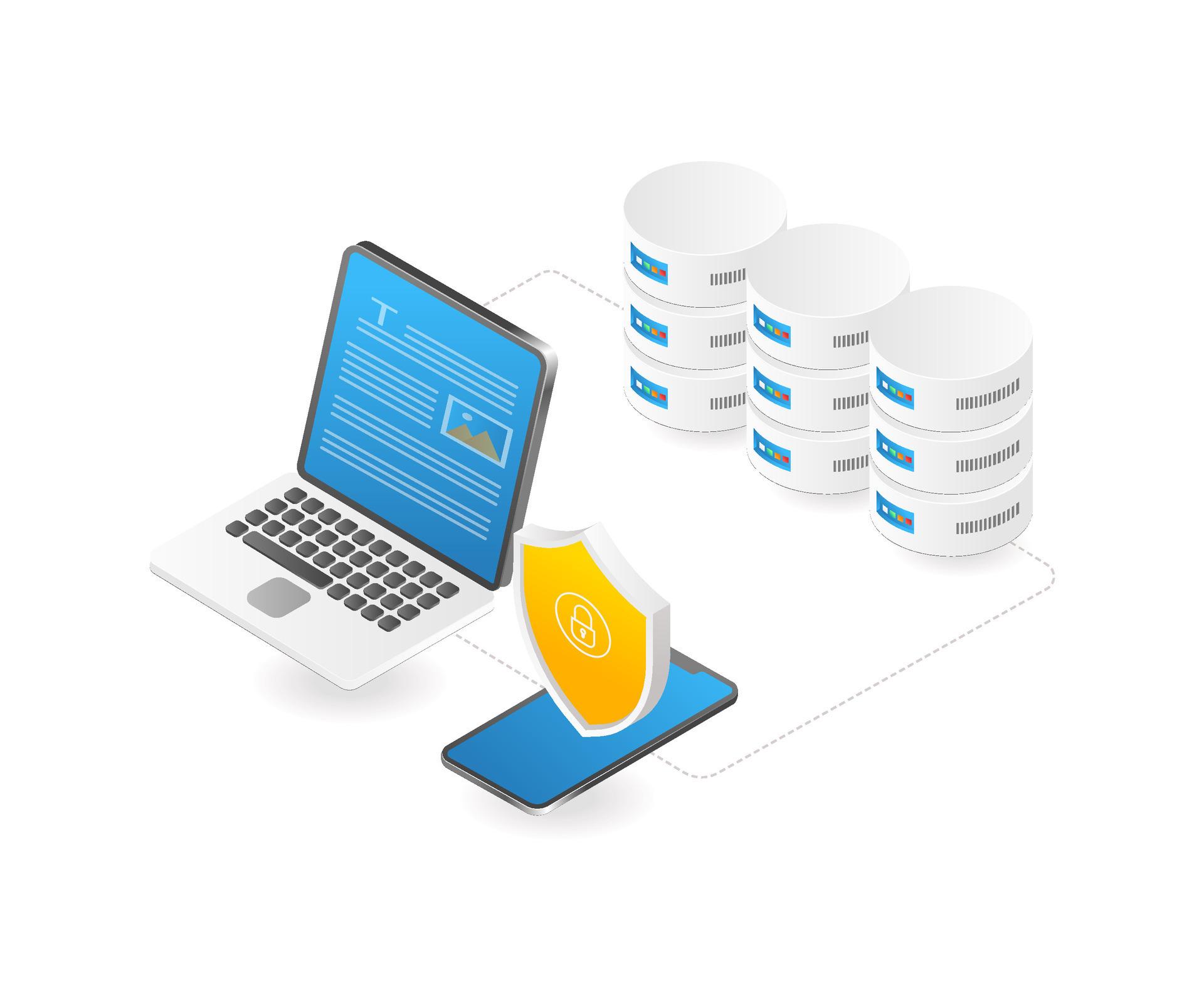Why Is Quality Assurance Important In Software Development?

Quality assurance is considered to be an integral component of quality management that almost all organizations across industries, including manufacturing, technology, government agencies, food and beverage, health and beauty, finance, and non-profit must conduct.
In software development, quality assurance is a set of activities to assure quality in the software, thereby ensuring processes, procedures as well as standards are appropriate for the project and implemented correctly.
What is Quality Assurance?
Quality assurance is a process that works parallel to the software development process. It focuses on establishing standards, guidelines and procedures to prevent quality issues and maintain the integrity of the software throughout its development. In other words, this process ensures the software product meets and complies with the organization’s established and standardized quality specifications.
Learn more about the process of software development here.
Differences between Quality Assurance (QA) and Quality Control (QC)
Quality assurance is often confused with quality control, another component of the quality management process. The primary distinction between quality assurance and quality control is that the former concentrates on risk mitigation during the manufacturing of products or services, while the latter tests the quality of the final product after it has been delivered.
The two key differences between between quality assurance and quality control are as follows:
- QA is proactive vs. QC is reactive
The quality assurance staff is proactive. They look for and deal with the causes of quality issues, such as human mistake or a company employing the incorrect materials. The QC crew, on the other hand, is reactive, reviewing the product to look for errors or non-specified parts.
This is another way to look at the difference: QA looks for problems that cause quality mistakes, whereas QC looks for quality defects themselves.
- While QA is still under progress, QC happens following development.
When the product team has finished building the product, the QC team runs its testing. Therefore, their sole goal is to find mistakes and faults before the business releases the product to the public. Conversely, the quality assurance team works continuously during the development phase to ensure that every facet of the product is on course to provide an excellent user experience.
Benefits of Quality assurance in Software development
You're undoubtedly starting to see why Quality assurance is important at this point. Let's summarize some of its most important benefits to complete the picture.
- Enhanced Customer Satisfaction: By making sure that the software satisfies user requirements and expectations, including providing an excellent user experience, quality assurance (QA) contributes to a rise in customer satisfaction. This makes it possible for the finished product to be excellent and more likely to satisfy client demands.
- Enhanced Software Quality: Prior to the software's release, it assists in finding and fixing bugs or problems. This lowers the possibility of security breaches, software malfunctions, and other problems that might cause expensive downtime or harm to the organization's brand. It comes as no surprise that the overall quality improves as well.
- Enhanced Efficiency: By simplifying the development process, it contributes to heightened efficiency. QA contributes to the successful and efficient development process by pointing out areas for improvement and putting best practices into action.
- Decreased Development Costs: By locating and resolving problems early in the development process, it helps lower development costs. This lessens the need for expensive rework and frees up developers to concentrate on building new functionalities and features.
- Better Communication: By giving team members a similar vocabulary and structure for talking about software quality, it helps to enhance communication within the group. QA ensures that team members are in agreement by creating a shared knowledge of quality needs and standards.
- Enhanced Reputation: It contributes to improving the software's and the developer's reputations. QA contributes to the establishment of an excellent reputation by producing software that is of a high caliber and satisfies both client and industry requirements.
Types of Quality Assurance in Software Development
To guarantee that the software is of the highest caliber, operates efficiently, and satisfies user and industry standards leads to the collaboration of many forms of quality assurance. Below are a few of the most typical kinds.
- Manual Testing: In this type, human testers are involved to run tests on the software to detect any presence of defects and issues. This process can consist of exploratory testing, regression testing, and acceptance testing.
- Automated Testing: Tools and software are utilized to run tests on the software automatically, or to call automated testing. This can include unit testing, integration testing, and performance testing.
- Code Reviews: Code reviews involve other developers reviewing the code to identify potential issues, such as coding errors, security vulnerabilities, and performance issues.
- Compliance Testing: Compliance testing is to ensure that the software adheres to industry-specific regulations and standards, such as Payment Card Industry (PCI) or General Data Protection Regulation (GDPR).
- User Acceptance Testing (UAT): UAT involves testing the software with end-users to ensure that it meets their requirements.
- Black Box Testing: This is a type of testing where the tester has no knowledge of the internal workings of the software being tested. QA uses this to test the functionality of the software from the end-user perspective.
What do Quality Assurance Engineers Do?
A software quality assurance engineer's responsibilities encompass a variety of activities meant to detect and resolve problems in order to provide software that is of the highest caliber. The following are their principal roles and obligations:
- Test Planning: Create thorough test plans that specify the objectives, scope, testing methodology, and resources needed. This includes developing test cases, identifying testing scenarios, and setting performance evaluation standards for software.
- Test Case Design and Execution: Based on user stories, requirements, and software specifications, create detailed test cases. Run test cases to ensure that the program works as intended and to find bugs, inconsistencies, and areas that need to be improved.
- Automation Testing: Create and manage automated test frameworks and scripts to expedite time-consuming testing procedures. Efficiency is increased, test coverage is expanded, and regressions may be found more quickly with the help of automation testing.
- Defect Identification and Reporting: Determine, record, and rank software flaws and problems. Work together with development teams to share issue reports, including thorough details about the conditions around defect incidence and possible fixes.
- Regression Testing: Conduct regression testing to ensure that new code changes do not take a toll on existing functionality. This involves retesting previously validated features after each software iteration or update.
- Performance Testing: Take charge of evaluating software performance by conducting load testing, stress testing, and scalability testing. Also, make sure the program can manage anticipated user loads without sacrificing stability, performance, or responsiveness.
- Collaboration with Development Teams: Collaborate closely with product managers, software developers, and other relevant parties to comprehend technical specifications, offer suggestions for design elements, and take part in conversations on software features.
- Continuous Improvement: By offering suggestions for improvement, you may help the software development processes become better. To improve the QA workflow, suggest and put into effect best practices, standards, and instruments.
- User Acceptance Testing (UAT): Facilitate end-users in UAT to make sure the program satisfies their requirements and expectations. Get user input and work together with development teams to fix any problems found.
- Documentation: Keep up-to-date, thorough records of all test cases, plans, outcomes, and other QA-related artifacts. Documentation facilitates knowledge transfer and acts as a reference for further testing initiatives.
- Compliance and Standards: Verify that software products follow business quality assurance guidelines, legal requirements, and industry standards. This might entail adhering to accessibility standards, security regulations, and other pertinent requirements.
- Training and Mentoring: Give other team members or stakeholders guidance and instruction on best practices, testing procedures, and quality assurance methods.
Read more: 8 essential skills for QA Engineer in 2024
Conclusion
In the end, Quality assurance's responsibility in software development is to make sure the product fulfills end users' requirements and expectations. QA works in tandem with other jobs in software development to guarantee that the program is user-friendly, satisfies all necessary requirements, and is of the highest caliber. Businesses may produce software solutions that surpass their customers' expectations and perhaps surpass them by using efficient quality assurance methods.
If you look for a highly skilled team of developers, customer experience specialists, and QA experts to create or upgrade your software solutions, Axalize would be a worth-considering idea. We’re here to offer you with our top-notch services to transform your business!


